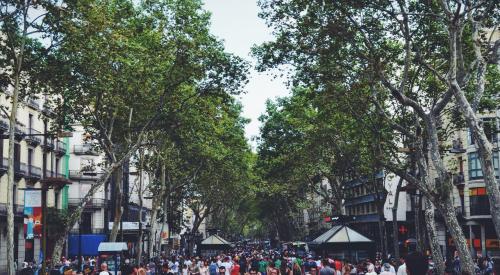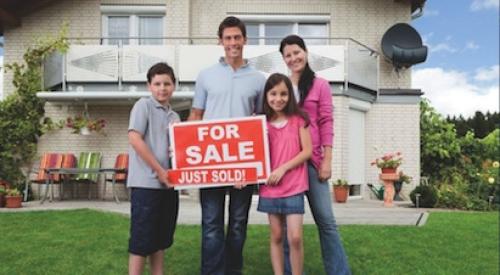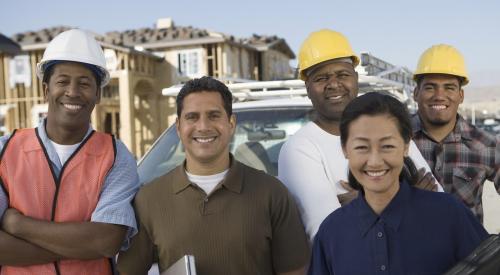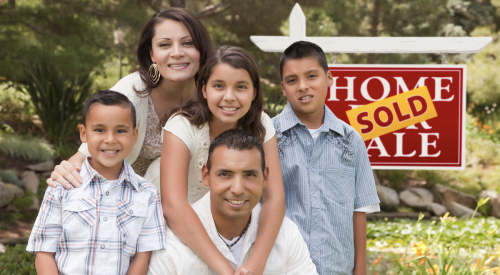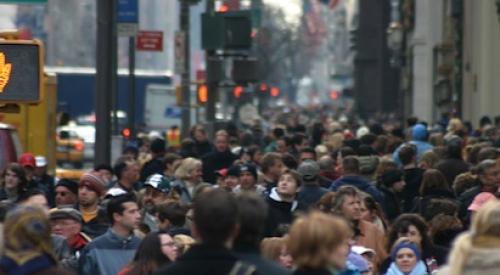As the U.S. housing market adapts to a more diverse national population, developers are pushing for more inclusive housing for economically, racially and culturally diverse communities.
By including neighborhoods in development planning and blending market-rate homes and affordable units, social considerations are becoming a major aspect of new construction projects, says The Washington Post.
“Developers—for profit, market rate or mixed income—are thinking deeply about issues of social equity and doing the best they can to address some of these broader societal issues we’re all talking about,” said Rachel MacCleery, senior vice president at the Urban Land Institute in Washington, D.C., a nonprofit real-estate and land-use research group.
The market is catering to the changing U.S. population. The number of Americans identifying as multiracial has grown to 10.2% of the population, up from 2.9% in 2010, according to the August 2020 Census report. The rise reflects changing demographics but also a redesign of the Census. Individual nonwhite population groups, including Asian, Black and Hispanic, all grew in number, while the white population shrank 8.6% since 2010.
Mixed marriages also are rising. In 2019, 11% of all married U.S. adults had a spouse who was a different race or ethnicity, according to the Pew Research Center, up from 3% in 1967. Mixed families, real-estate firms are betting, want mixed neighborhoods.
